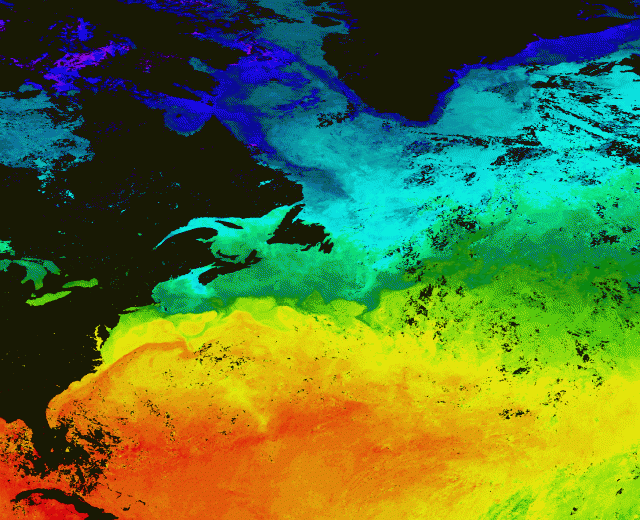A climate seesaw in the Atlantic
Ars Technica » Scientific Method 2013-01-28

If you look at a graph of global temperature over the last century, something probably jumps out at you: a dip around the 1960s. There have been several thoughts about this period of cooler temperatures. Some have pointed to fluctuating human aerosol (fine particle) emissions, which reflect sunlight and can cool the planet, as an important factor. Others have suggested that longer-term variation in Atlantic Ocean circulation—termed the Atlantic Multidecadal Oscillation, or AMO—was the driver. To complicate matters, aerosols may have influenced the AMO, or the two may have had a combined impact.
Surface water that flows into the North Atlantic cools as it nears the Arctic, sinks into the deeps, and flows back to the south, driving the conveyor belt of circulation in the Atlantic. It’s thought that the AMO involves a strengthening or weakening of that sinking over the span of a decade or more—causing the conveyor belt to slow down or speed up. Because the distribution of cold and warm water at the surface changes, the AMO can affect both regional and global climate (as does the El Niño Southern Oscillation, which tends to cycle on shorter time scales).
The Atlantic Multidecadal Oscillation has been a hot topic of research in recent years, but lots of questions remain. Because it’s so slow, there are only a couple oscillations in the instrumental temperature record. That’s not much to work with in terms of understanding what drives the AMO and how it impacts global climate. It has been studied in temperature proxy records of the last millennium, and even in ice cores, but its behavior appears to change with time. In some records, it looks like it oscillates over about 60 years, but in others it seems to only take 20 years. Similar behavior arises in some climate models, as well, but the specifics differ from model to model.
Read 7 remaining paragraphs | Comments